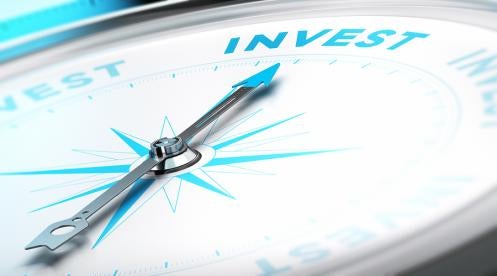One of the simplest (and cheapest) ways to invest in an early-stage company is often through a Simple Agreement for Future Equity (SAFE). SAFEs are easy to use and get the job done with minimal cost and can work for both single investors and for groups of investors.
SAFEs solve two problems: (1) nobody knows what an early-stage company is worth and (2) nobody wants to spend a lot of time and money preparing elaborate investment documents. A SAFE postpones the valuation question so you can proceed even if the founder and the investor have wildly different ideas about what the company is worth. The SAFE is a short standard document that can be prepared easily and inexpensively.
But what exactly is a SAFE?
A SAFE is a cash investment now in exchange for a contract that gives the investor the right to convert the investment into future equity. A SAFE is not a loan: there is no interest rate, no payments, and no maturity date. A SAFE is not equity: it is not common or preferred stock and does not give any voting rights or other equity rights under state laws. The investor invests cash and the company signs a three-to-five-page SAFE contract giving the investor certain rights.
In a SAFE investment, there are three key terms to be negotiated: triggering events, valuation cap and discount. SAFEs are not all the same. Getting the right terms can make or lose a lot of money for investors and companies. A good start-up lawyer can help you navigate these key terms. Here is what these key terms mean:
Triggering Event
SAFEs convert into equity when an agreed-to “triggering event” happens. The typical events are a qualified equity financing, a liquidity event (sale or IPO) or merger. The SAFE is worthless if the company goes bust or if the triggering events never happen. The usual trigger is a future qualified equity investment, in which case the SAFE investor gets the same type of equity that the future investors get (typically preferred stock).
Valuation Cap
A seed-stage investor takes a lot of risks early on. That risk is not rewarded if all the investor gets is the right to invest with others later when the company is more valuable. A valuation cap solves this problem for the investor. A valuation cap sets a maximum company value for purposes of determining what percentage equity the investor gets. Without a valuation cap, the percentage equity to the SAFE investor keeps going down as the company value increases.
So a SAFE investor might choose to invest $50,000 with a valuation cap of $1 million to get five percent of the company. If the value at the time of the triggering event has rocketed to $5 million then the SAFE investor would only get one percent if there is no valuation cap. The numbers are subject to some nuances related to the amount of the future equity investment, to be explored in a future blog post.
Discount Rate
A discount rate gives the SAFE investor a discount off what future investors pay for equity at the time of the triggering event. It’s a discount off the future retail price. An 85 percent discount rate means the SAFE investor gets her future equity for 85 percent of what the future investors pay which rewards her for making the early investment.
Every SAFE has triggering events. SAFEs can have a valuation cap, discount rate, both or neither. If a SAFE has both a valuation cap and a discount rate, the investor gets whichever of those two provides the most benefit.
Pro Rata Side Letter
One more feature is the “Pro Rata Side Letter.” This gives the SAFE investor the right to make an additional investment in future rounds. This is good for the investor. But from the company’s perspective, pro-rata rights can sometimes be a problem when future investors want the future round all for themselves. This potential problem can be made worse if the company has granted pro-rata rights to multiple SAFE investors.
SAFEs do have some uncertainties, including their tax treatment. The tax code is set up to handle equity and debt investments. SAFEs are neither. They are more like a contract right, a “forward contract” in tax-speak. The consensus appears to be that a SAFE investment is not a taxable transaction and that the future conversion to equity upon a triggering event is also not a taxable transaction. The consensus is that the purchase price for the SAFE is rolled over as basis into the future equity. However, the IRS has not yet issued definitive guidance.
SAFEs are simple and useful. But SAFEs also have some terms that can be complicated. Whether you are making the investment or receiving it, your attorney can help you get these terms right to maximize the SAFE’s benefits to you.





 i
i


